Learn all about basic knife skills and safety in this guide. From how to properly hold a chef's knife, to 'basic cuts', and more, you'll leave feeling confident in trying out your new skills in the kitchen.
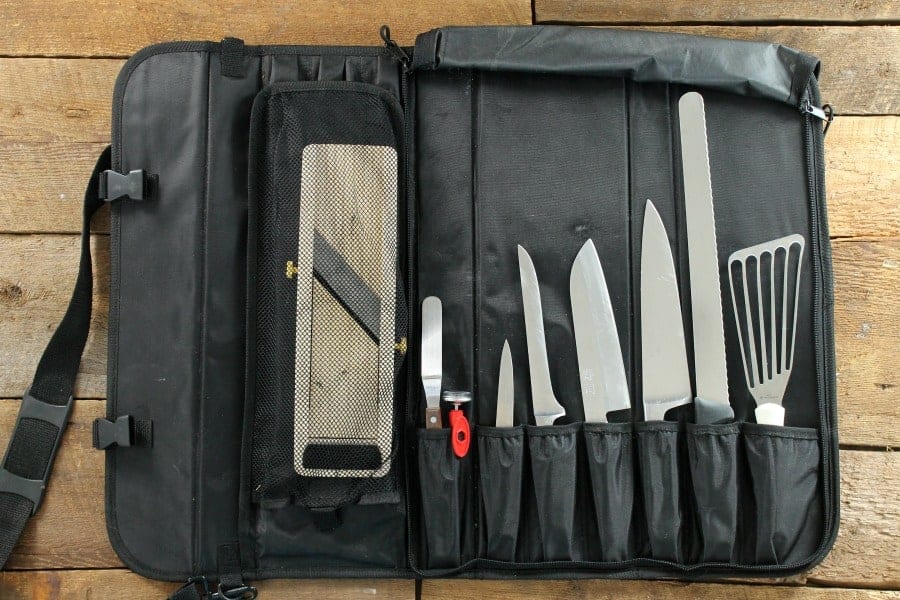
This post contains affiliate links for which we may be compensated if a purchase is made through the links provided at no extra cost to you. For more information, please read our affiliate disclosure.
Table of Contents
Knife skills are an important part of becoming a competent cook or chef. Knowing how to properly use a knife allows for:
- a safer work environment, (either at home or in the food industry)
- more efficient and faster cooking and prep times
- nicer looking results
Put simply, if you are able to quickly and uniformly cut vegetables and other food items, the dishes you create will have a cleaner more professional look and, the cooking itself will go faster as less time is spent preparing.
Before we jump right in, take a moment and familiarize yourself with the different kinds of kitchen knives and their uses. While the Chefs Knife, (which we will use the most in this post), is very much a multipurpose tool, there are many other knives that are meant for more specialized tasks.
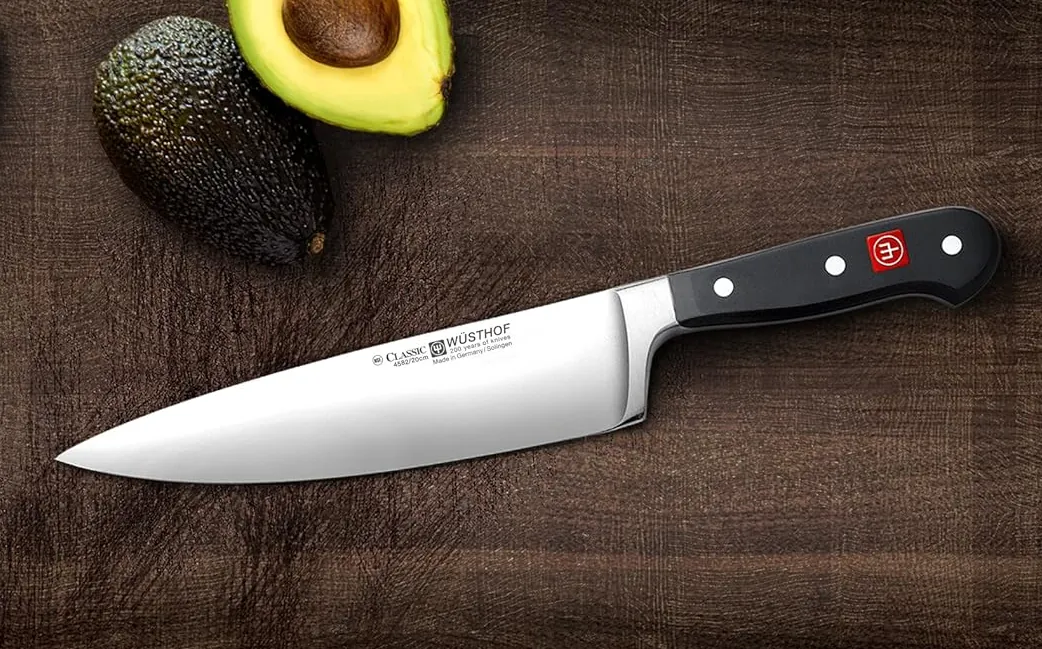
Caring For Your Knives
Once you have selected a chef's knife for your everyday use, it is important to also know how to take care of it. No sense in spending hard-earned money on a nice knife, only to have it become dull and useless within a few weeks.
Washing Your Knives
If at all possible, good quality knives should never go in the dishwasher. The chemicals in the concentrated dish soap, as well as the rattling against other dishes, can cause the blade to dull, wooden handles to swell and crack, and in general, wear down much faster than if they were to be hand washed.
Luckily hand washing doesn't take long, and all that's needed is a soft cloth, some warm water, and mild dish soap.
Knives with wooden handles, (especially those made from exotic woods), should be regularly oiled with a high-quality mineral oil to ensure the wood stays smooth and fresh.
Keeping Your Knife Sharp
A sharp knife is key to mastering knife skills. Did you know you are more likely to cut yourself with a dull knife than with a sharp one? Dull knives require much more force and pressure to get the knife through the food, resulting in crushing/tearing motions that are more likely to cause the knife to slip.
A properly sharpened knife should slice through most foods with very little effort.
A 'steel' can be used to regularly 'hone' your blade, but regular sharpening with a 'whetstone' is recommended for optimal performance. You can easily learn how to sharpen your own knives at home or search for a local business that provides knife sharpening services.
How To Hold A Chefs Knife & Basic Knife Safety
Know that we know how to properly care for our knives, let's get into actually using it! The first thing to know is how to properly hold your chefs knife.
When prompted to show me how to hold a chefs knife, most people will pick up a knife, and show me something like this:

While they are technically 'holding the knife', gripping a knife in this manner provides very little control over the blade itself, increasing the chances of slipping and hurting yourself.
A better, more effective way of holding a chefs knife is to grip the handle with your pinky, ring, and middle fingers, while gripping the end of the blade between your thumb and index finger, like this:

This creates a much more stable grip on the knife, allowing for faster and smoother cuts to be directed through the wrist. Think of the blade as an extension of your arm, not an addition!
Of course, there are exceptions to holding a knife like this, and everyone has their own preferences, but in general, gripping a knife in this manner will allow you to learn basic knife skills much faster than if you were to hold the knife by just the handle.
Basic Knife Safety
Now that you know how to hold your knife like a professional chef, let's move on to some basic knife safety. A lot of this is common sense, but it is important to go over nonetheless.
- Always cut on a proper wooden or plastic cutting board. While, glass, marble, or metal cutting boards might look cool and be trendy, they damage your knife and increase the chances of the food slipping as you cut.
- If you need to wipe your knife blade clean, do so with a dry cloth folded over the blade, with the cutting edge pointed away from you. Then carefully pull the blade through the folded towel or cloth.
- When carrying knives around the kitchen, always hold them with the blade point down, parallel to your body. This is especially important when working with other cooks in the kitchen.
- Never try to catch a falling knife. Mistakes happen, and no one wants a chip or bend in their blade, but falling knives should be treated as though they have no handle! Step back, and allow it to fall.
- Never leave your knives in a sink, or lying on top of random items. Knives can fall, shift, or be overlooked (ie: in the sink), and become a safety hazard.
Cutting With Your Knife
We've covered the basics, how to care for your knives, how to properly hold a chef's knife, as well as some basic knife safety. Now let's start using that knife!
In order to safely cut through foods quickly and effectively, you need to hold the food item that is being cut securely.
The safest way to do this is by curling your fingertips inward, and then gripping the food item being cut with only your fingertips and thumb. With your knife hand, place the point of the knife on the cutting board, use the knuckle of your index finger as a guide, and slice the knife downwards, bringing the heel of the knife all the way down.


It's important to note that when you are curling your fingers, your thumb should be slightly behind your index finger to prevent yourself from cutting off the tip of your thumb.
Gripping foods with only your curled fingertips may seem awkward at first, but you will quickly become used to it and become more confident in your cutting technique.
Please note the picture above on the right is an exaggerated view of the correct way to hold food items while chopping.
Basic Knife Cuts
You've done it! You now know how to properly care for, hold, and use a knife. While the topic of different knife cuts can be quite an in-depth topic based on regional styles and personal preferences, we wanted to leave you with a few basic French cuts almost all culinary students learn.
You have probably seen these terms referenced in recipes (especially on our website here), and we want to clear up any confusion as to their meaning.
The most common knife cuts are:
- brunoise - a 1- 2mm x 1- 2mm x 1-2cm size cube
- small dice - a 3mm x3mm x 3mm size cube
- medium dice - a 6mm x6mm x 6mm size cube
- large dice - a 12 mm x 12mm x 12mm size cube
- and julienne - a thin 1-2mm x 1-2mm x 4cm stick
As you can see the names refer to very specific sizes, and when prompted professional cooks should be able to produce these cuts and have very similar end results. This helps ensure uniform results in a large kitchen!
Cutting food items, brunoise, small dice, medium dice, or large dice, is easiest if you first cut the item into sticks. These sticks conveniently also correspond with each size of the dice cut.

So for example, if you cut a carrot into julienne-sized strips and then cut these strips horizontally into small cubes, the end result is a brunoise cut. The same goes for allumette and small dice, batonnet, and medium dice, and baton and large dice.
All of these basic cuts are used on a regular basis in a professional kitchen and in order to further your knife skills and become a better cook at home, learning these skills is a good idea.
We are currently working on more specific knife skill guides, including guides such as 'how to julienne an onion', and more, so stay tuned!
Did you find this guide useful?? Comment & Rate it below, then tag me on Facebook. For more DIY gardening tips & homecoming from scratch recipes follow me on Facebook & Pinterest

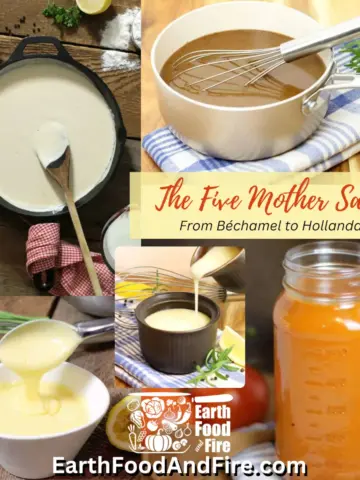
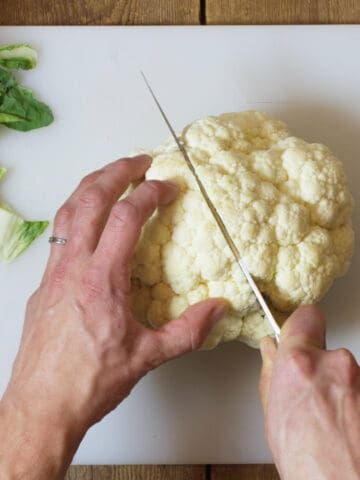
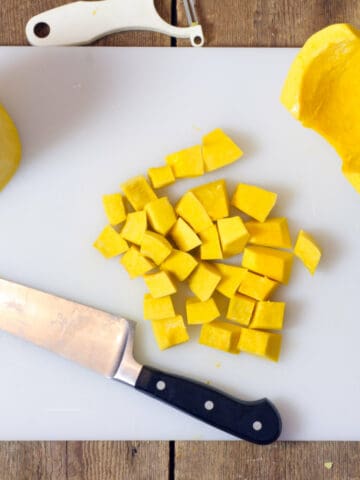
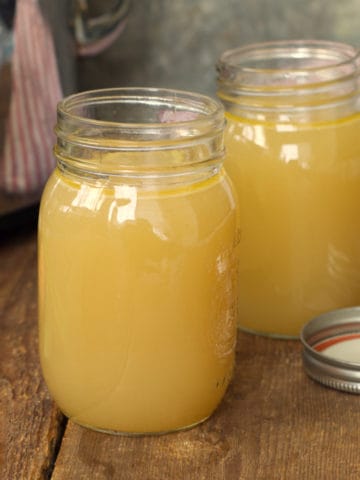
Justine | JustineCelina.com
Great post, Markus! I learned a few things and am going to bookmark this for future reference. Have a great weekend and thanks for sharing your knowledge with us!
Gloria @ Homemade & Yummy
What a great post. Sometimes I wonder how those chefs get those exact little pieces so neat, tidy and identical....now I know...thanks!!
MDIVADOMESTICA
Great breakdown of basic cutting techniques and a good refresher. Practicing and developing these skills are the foundation any kitchen master or mistress. The wonderful thing about cooking is that there is never a need not to learn more.
Marie-Pierre Breton
Brings me back to culinary school, didn't remember the allumette one though 😉 I agree with you, a good cook, need to know how to handle his knife. Thanks for sharing!